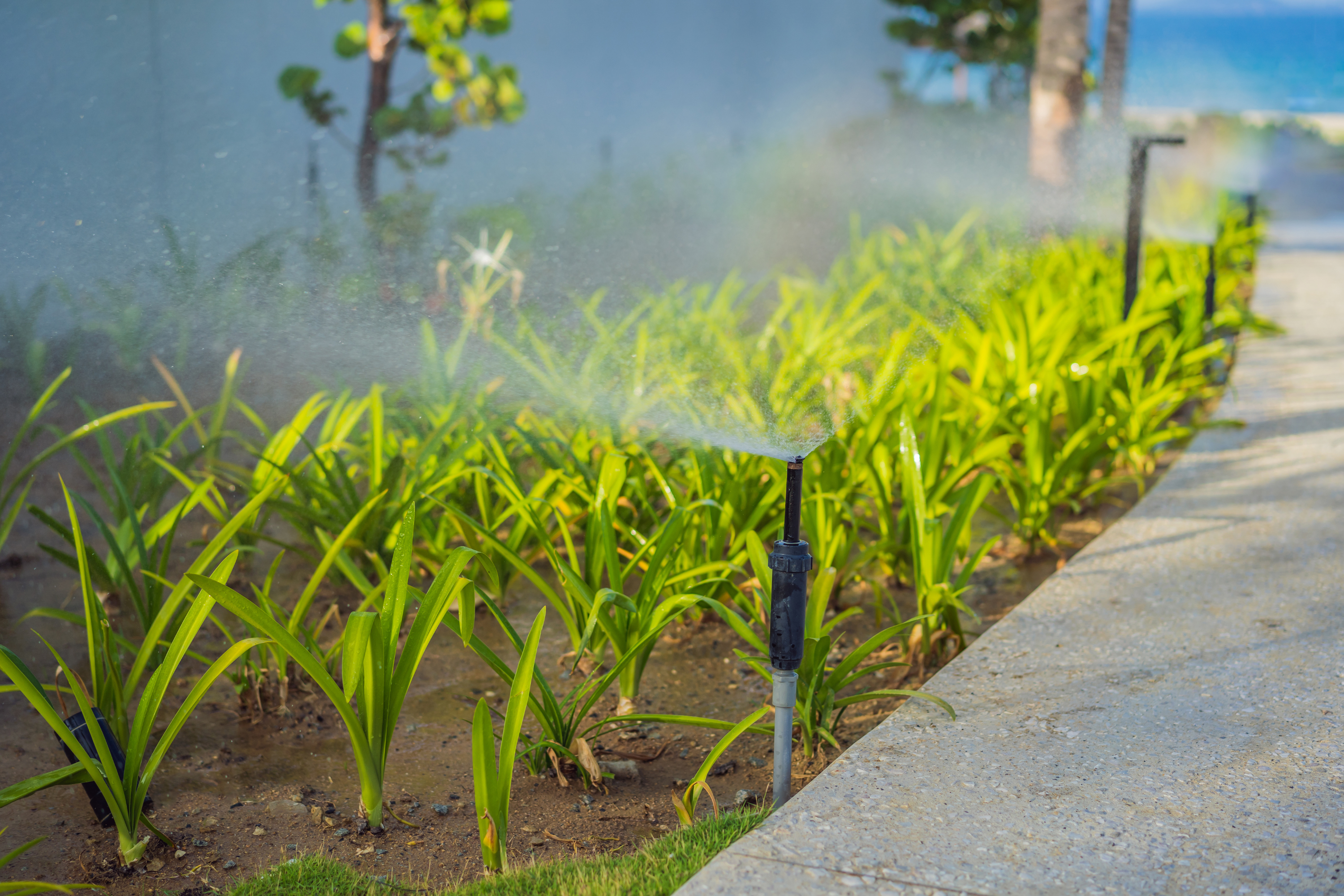
Micro-Sprinkler Irrigation: Gentle Rain for Every Plant
If you want the benefits of sprinklers but with more precision and less water waste, micro-sprinkler irrigation might be just right for your homestead. These small, low-pressure sprinklers deliver a fine spray or mist over a limited area, perfect for watering orchards, vineyards, or vegetable gardens without soaking everything.
How It Works
Micro-sprinklers connect to a low-pressure water source and spray water in a controlled radius, usually between 5 and 30 feet. The gentle spray wets the soil surface evenly, encouraging healthy root growth and reducing evaporation compared to conventional sprinklers. They’re often used with drip lines or as part of a hybrid irrigation system.
Pros
-
Water-efficient: Uses less water than traditional sprinklers but covers more area than drip lines
-
Gentle application: Won’t damage delicate plants or soil structure
-
Flexible placement: Adjustable spray patterns and flow rates
-
Reduces disease: Keeps plant foliage drier than overhead sprinklers
Cons
-
More complex setup: Needs proper design and installation
-
Clogging risk: Emitters can clog without good filtration
-
Requires regular maintenance: Filters and heads need checking to keep spray patterns even
-
Not ideal for windy areas: Spray can drift with strong wind
Best For
-
Orchards, vineyards, and berry patches
-
Gardens with mixed crops needing moderate watering
-
Homesteads wanting efficient watering for trees and shrubs
-
Areas where water conservation is a priority
Equipment Needed & Water Rights
Equipment Needed:
-
Low-pressure pump or gravity-fed system
-
Micro-sprinkler heads with adjustable nozzles
-
Mainline and lateral tubing (usually polyethylene)
-
Filters and pressure regulators
-
Timers or controllers for automated watering
Water Rights:
-
Use of groundwater or surface water still requires proper permits and compliance
-
Check local and state regulations for irrigation water use
-
Maintain records of water usage if required by your water district
Homesteader Tips
-
Invest in quality filtration to avoid clogging
-
Adjust spray radius seasonally as plants grow
-
Use timers to water early mornings or late evenings to reduce evaporation
-
Combine micro-sprinklers with drip irrigation for full coverage
-
Regularly inspect heads and tubing for leaks or blockages
Micro-sprinkler irrigation offers a great balance between watering efficiency and plant health, making it a fantastic choice for homesteaders growing fruit trees, berries, or mixed crops.
Up next: Drip Irrigation: Precision Watering for Productive Plants
Share


